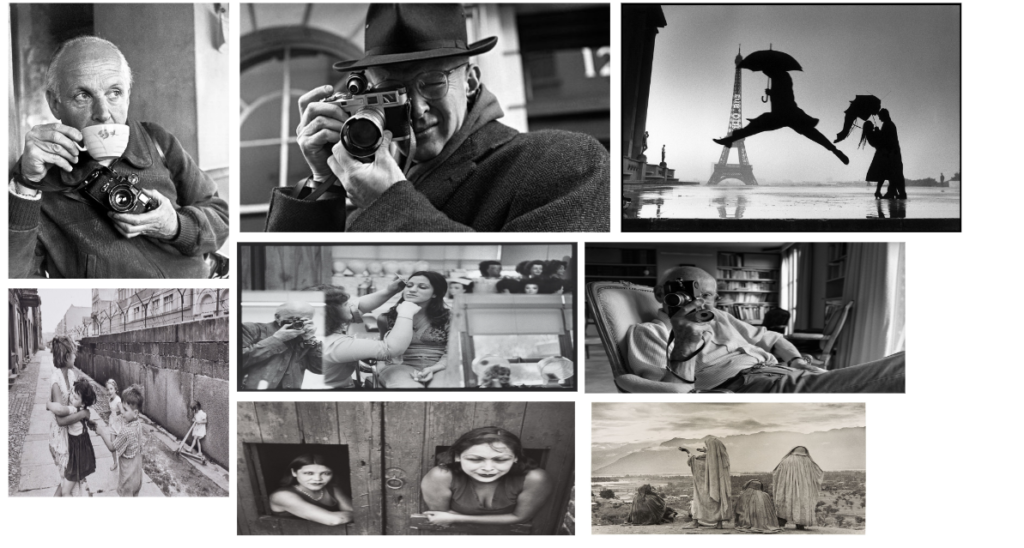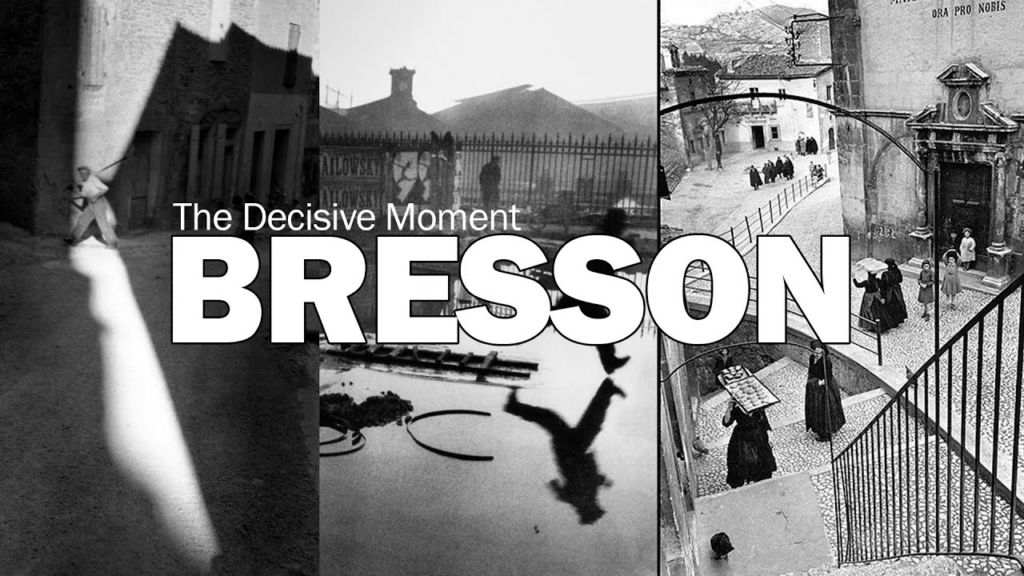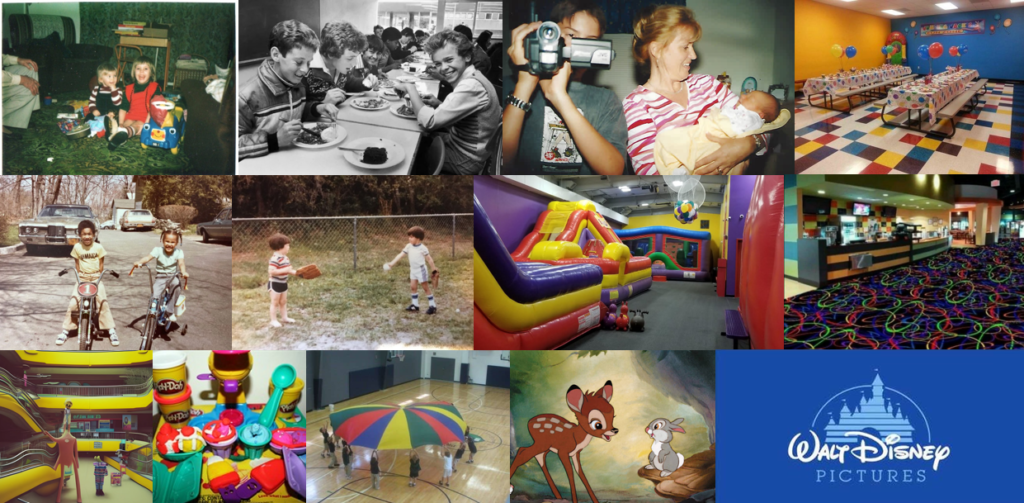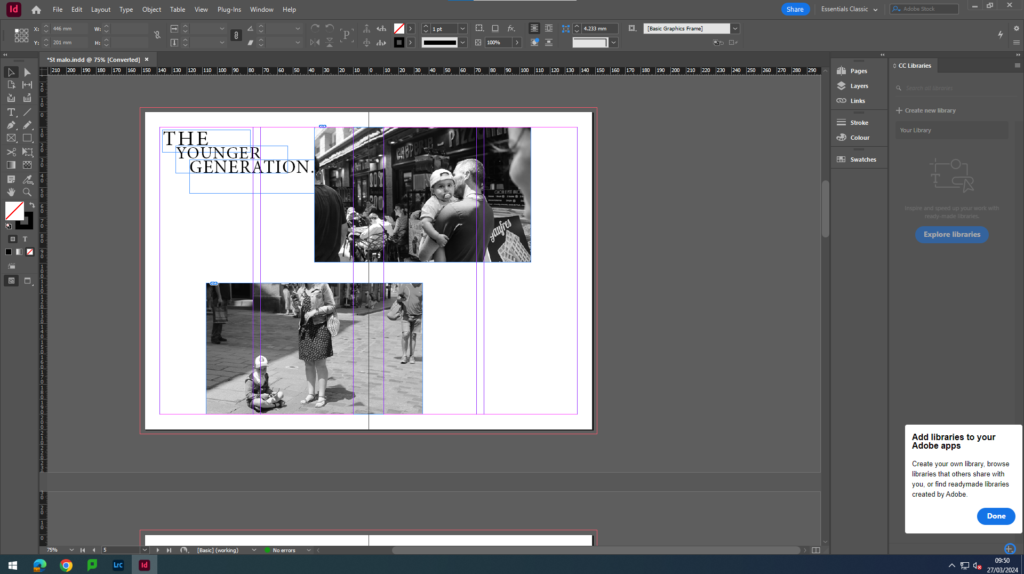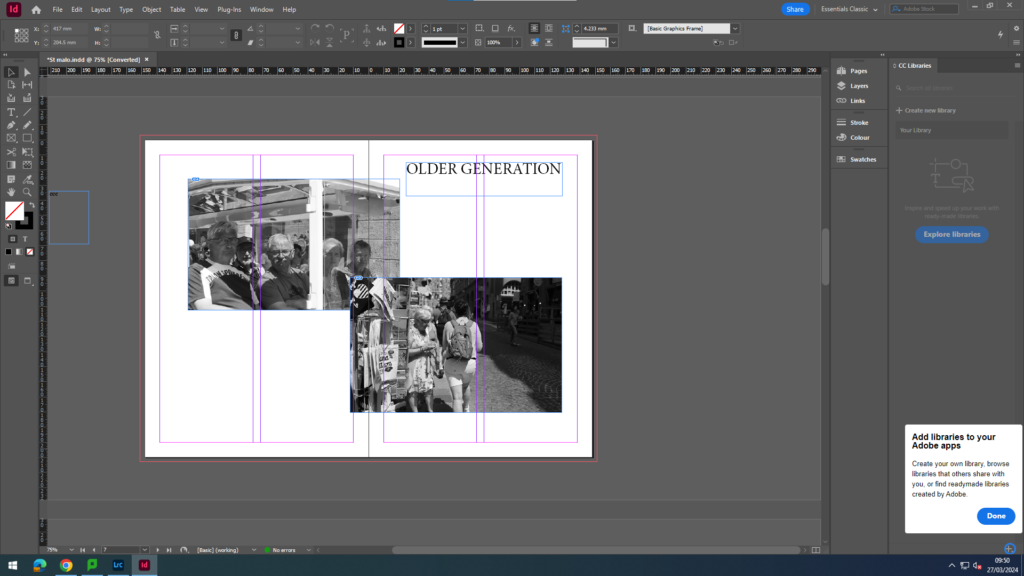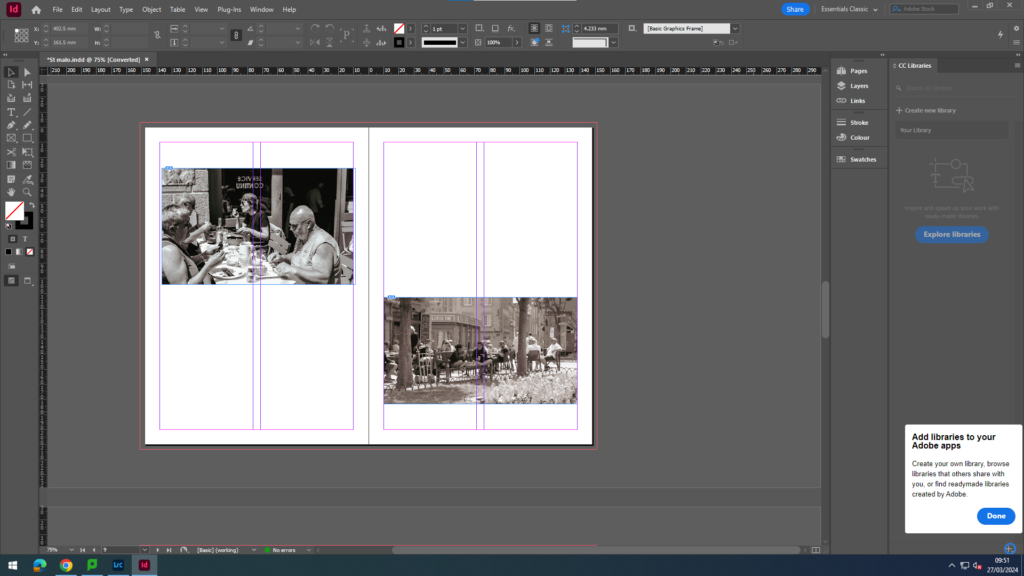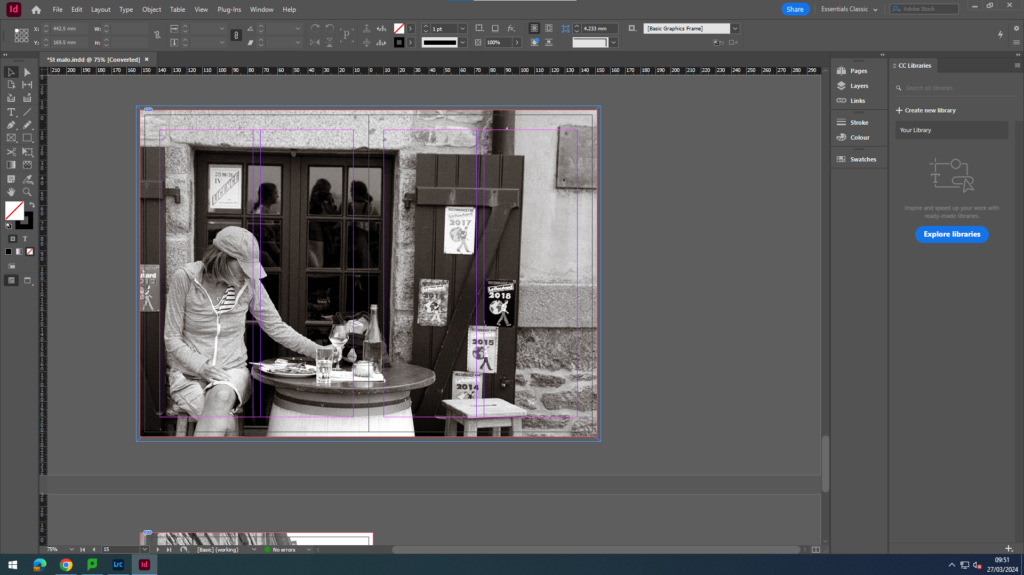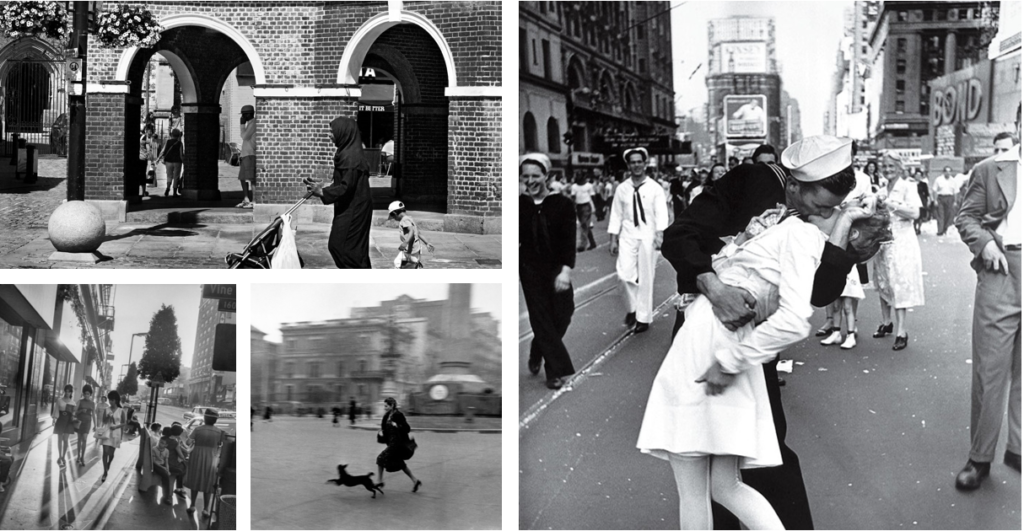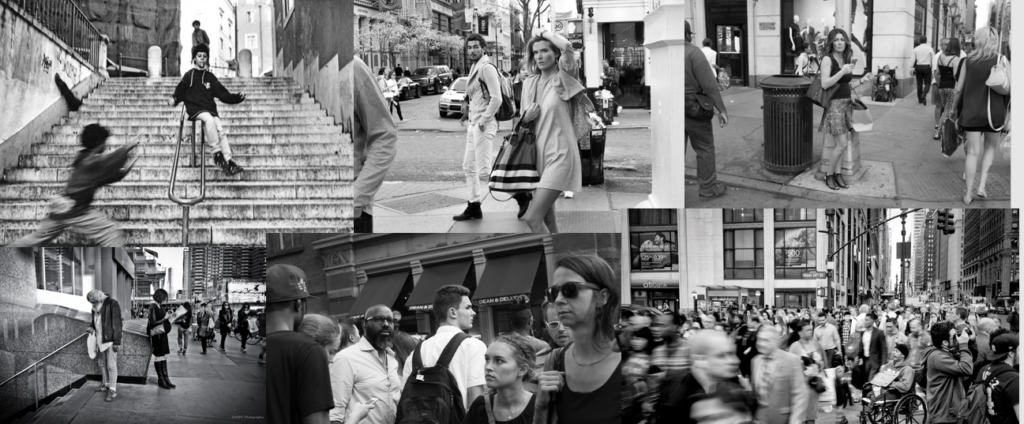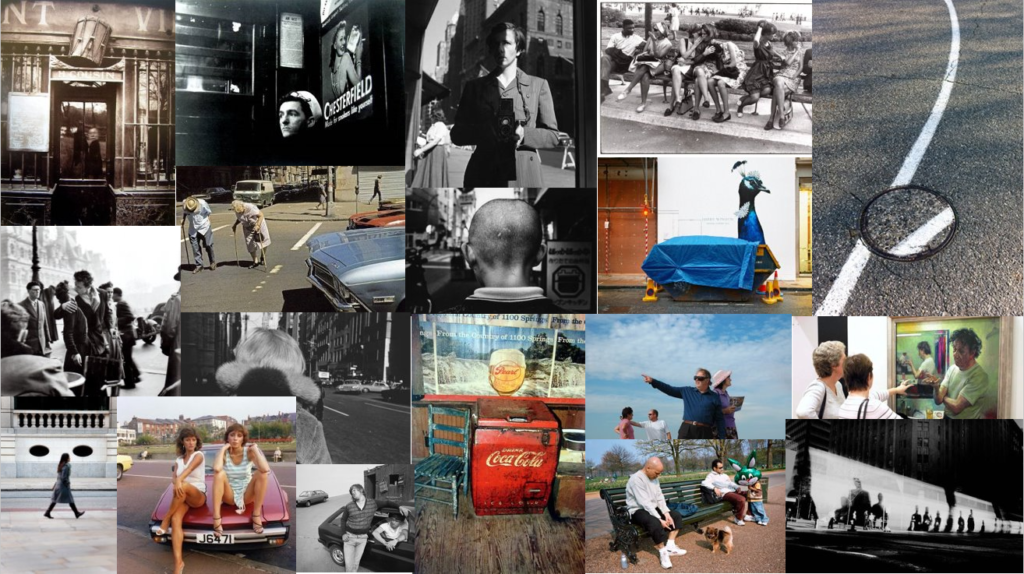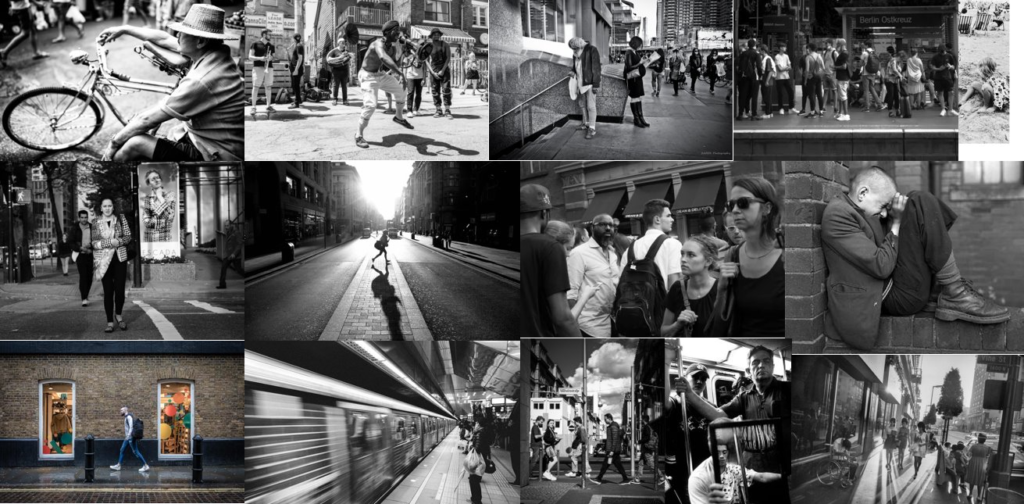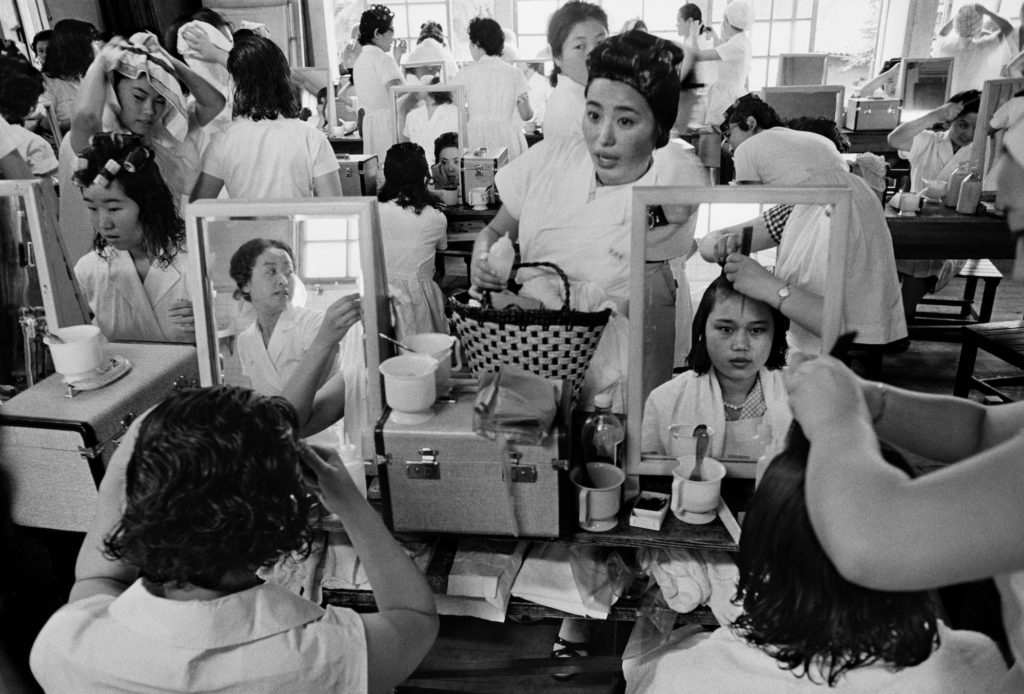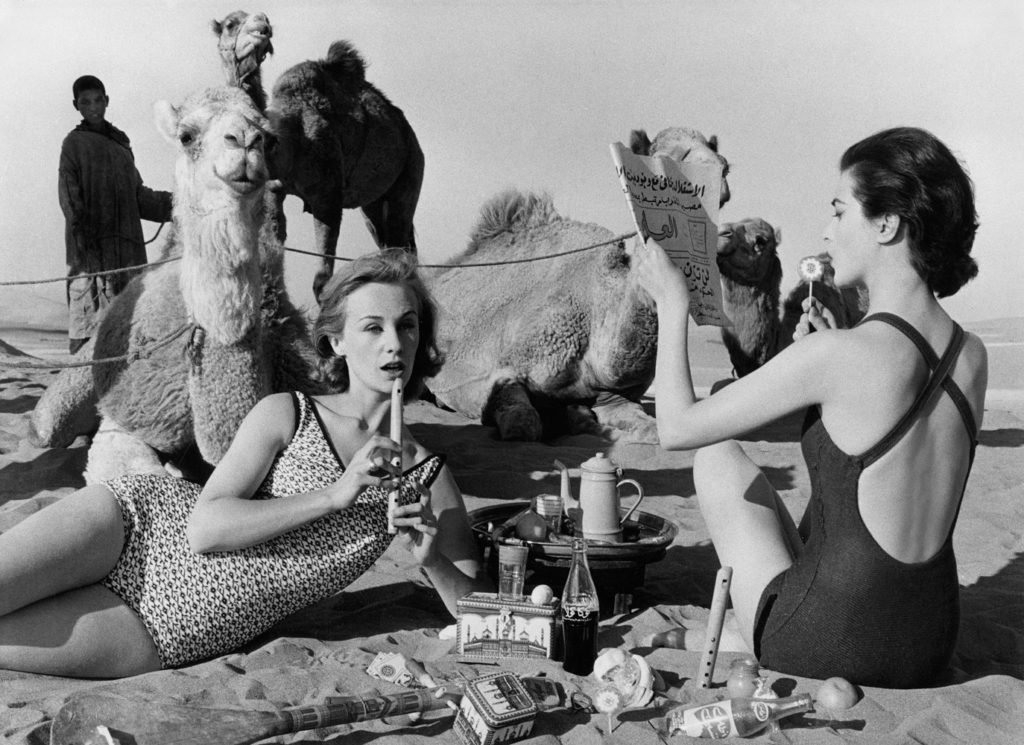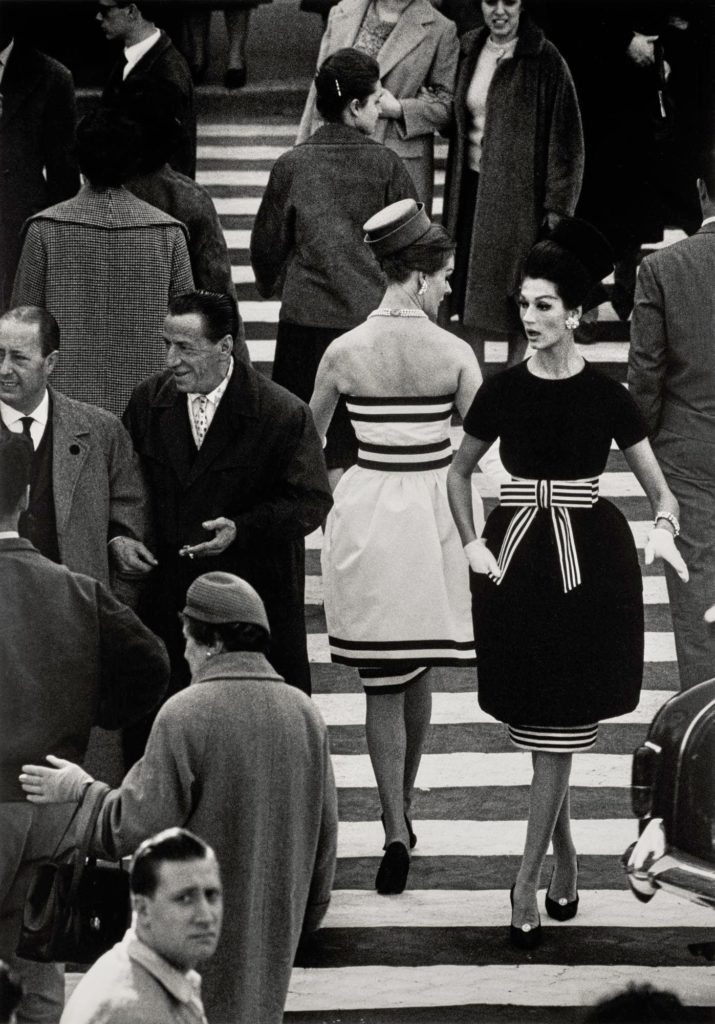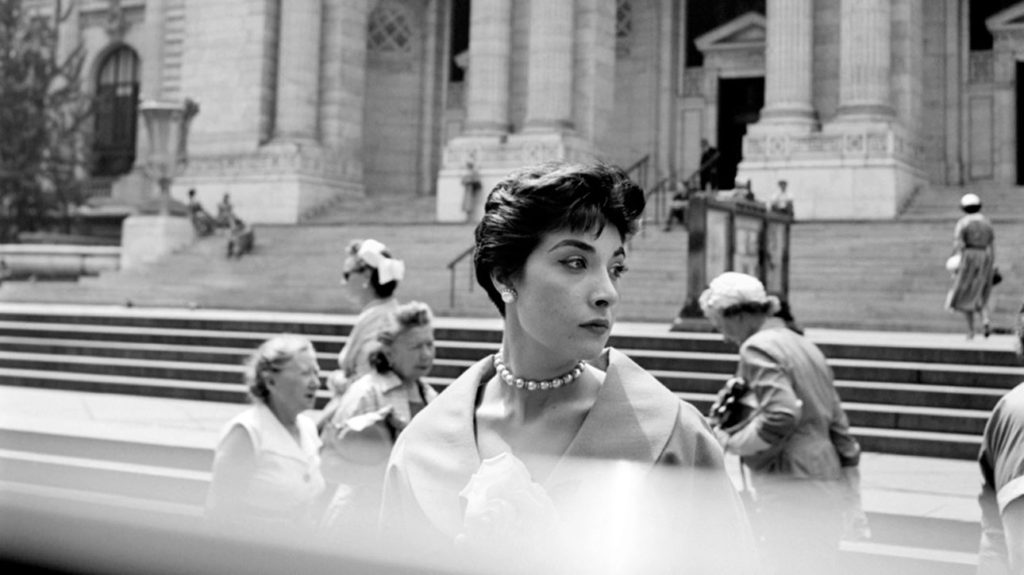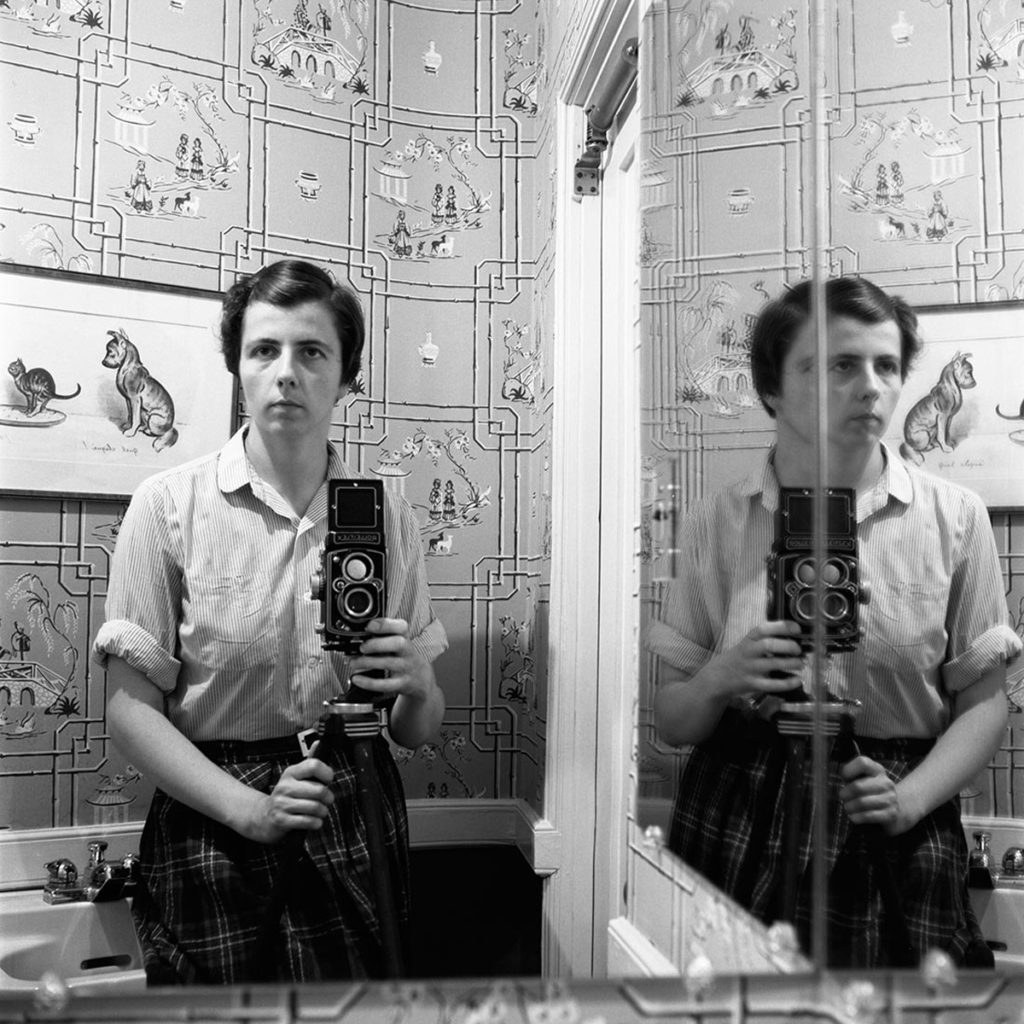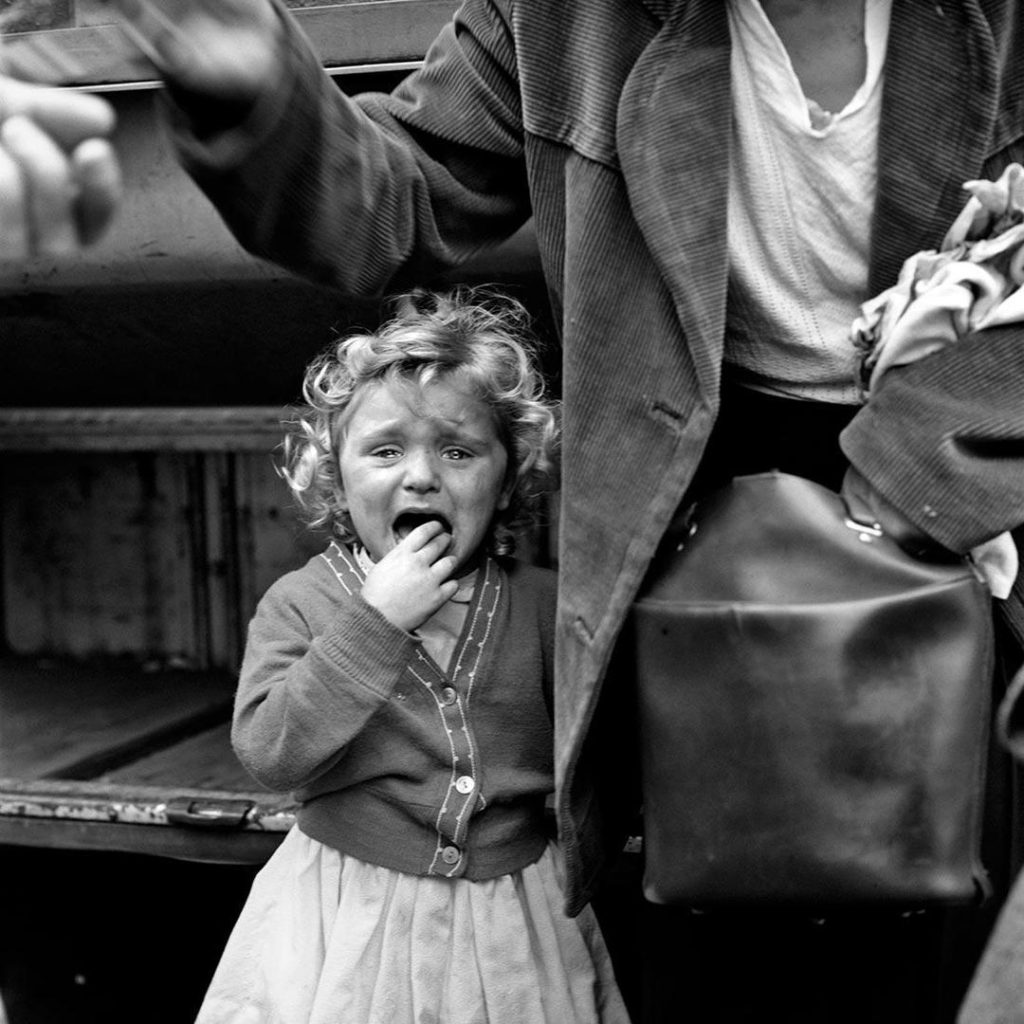
“Nostalgia is cosy and comforting but it ultimately an illusion.”
Make a final value added judgement on the exhibition as a whole, ie. do you like/ dislike it – provide examples for or against. Would you recommend it to others? If so, why? Include illustration such as installation images from the exhibition. Include also at least one quote from Will Lakeman’s talk or associated publicity material and provide a comment.
The exhibition made me consider nostalgia differently to how I typically imagine it. For me, nostalgia is based of more realistic memories compared to Lakeman’s colourful recollections. His exhibition gave me an insight into how different people imagine their past memories. He said his childhood memories were quite distorted and when he saw images of what was actually there, his memories were dissimilar. This is due to his autism and synaesthesia creating a more psychedelic, vibrant and distorted idea of what what he experienced and remebers. However, he didn’t want to correct his work because he was presenting his nostalgic memories and wanted to give people an insight into his individual imagination. This inspired his colourful and unique take on Fort Regent through his abstract AI work. Most of his images in ‘Playtime’ are created using AI software. He said that he used images of the Fort when he was a child and put them through the AI software to create it. It takes multiple attempts and lots of hours for the AI to produce what Lakeman envisaged. He then would edit these outcomes and place different part of images together to end up with a presentation of what he imaged. His AI images can be a representation of dreams through the idea that colours are intensified and things are presented differently to how they are really seen. Dreams are an imagined and fictitious representation based off something/ a place experienced in the real world.
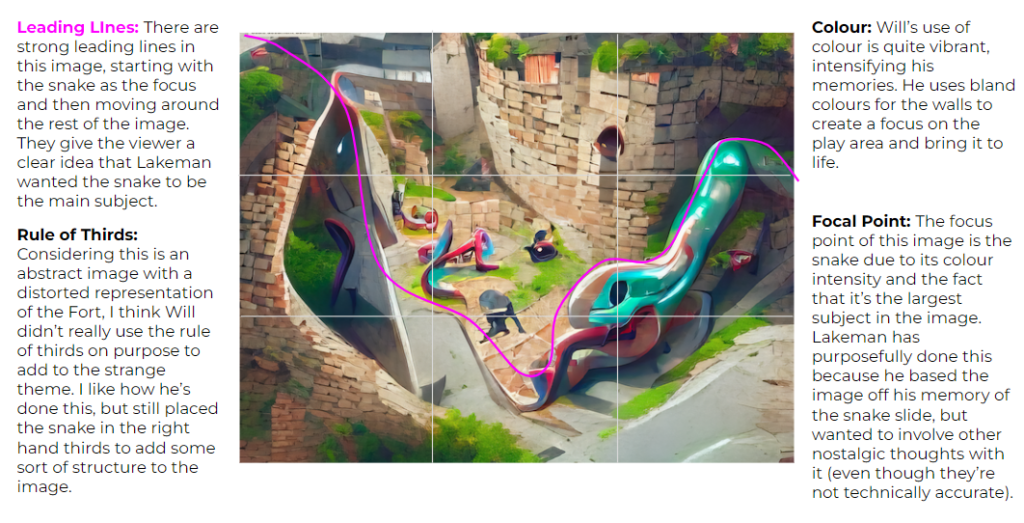
“I have tried to picture things not as they were, but in the strange ways they appear in dreams and hallucinations”
Overall, I really likes Will’s exhibition because I had never thought about nostalgia deeply before visiting it and it gave me a new perspective to see how others view their memoires in the past. I think the way he has kept his images inaccurate and in the style of his thoughts shows his personality and thoughts. I also think that his use of AI is quite creative and he didn’t just use digital images is unique to him, especially the style he created through it. The time it takes to put together an AI image is impressive, and when Lakeman explained the process behind completing an image I was shocked because the common idea of AI is that is creates all the work for you.
My favourite image from the exhibition is ‘A Poolside Picnic’ because he has created what was probably a dull and low lit room, into a colourful space from his imagination. The large variety of colours and uncanny things overall makes it an interesting image, also bringing back personal childhood memories of my own. The fact that as a viewer I feel connected to the image shows how he has managed to make his work powerful and for all ages.
I would recommend Lakeman’s exhibition because it was not only interactive with all the senses, but unique compared to other photography exhibits I have visited. Altogether ‘Playtime’ has really inspired to experiment with AI, as well as creating new ideas on how I might take my future images, basing them off the theme of nostalgia.

